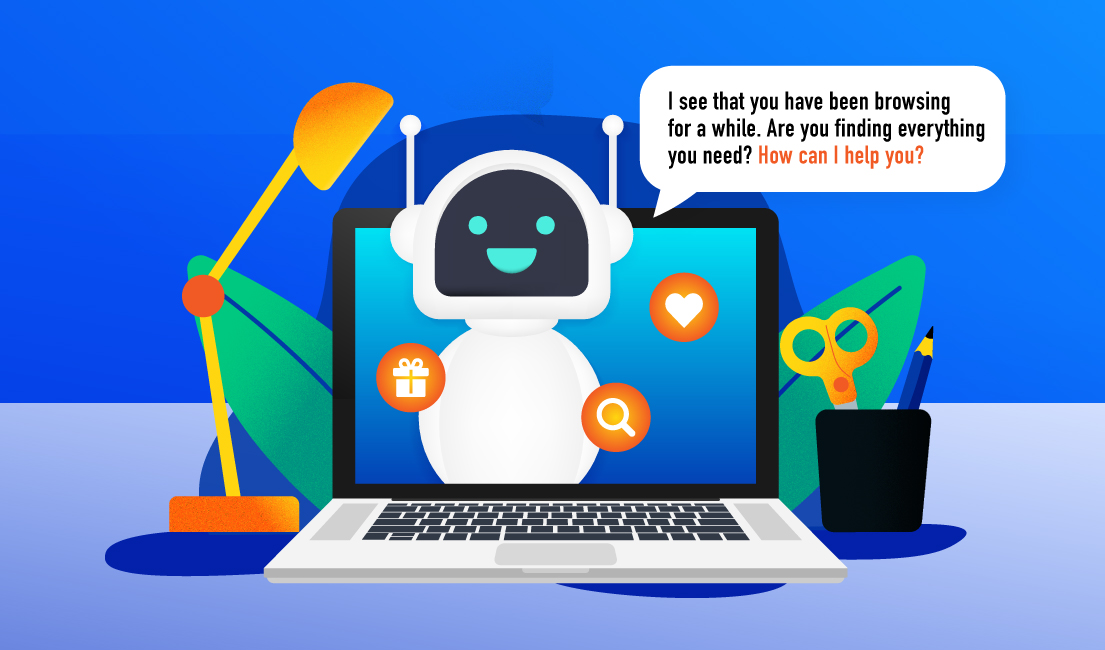4 min read
Precision marketing has been around for a while as an exercise in hyper relevance. Now, with advanced technologies such as machine learning, it opens a new avenue of possibilities for marketers to reach and engage their customers. It is data-driven, empowering marketers to make evidence-based decisions, and also makes it easier to retain, cross-sell and upsell existing customers.
Just What Is It, Precisely? Defining Precision Marketing
It is a maxim of marketing that it is far more cost effective to retain your existing customers than to gain new ones. In fact, it costs five times as much to attract new customers than it does to keep your existing ones . So, it is in every business’ interests to engender loyalty within their existing customer base.
Precision marketing can help.
Instead of focusing on attracting new customers, like most forms of marketing, precision marketing is about making the most of the customers you have. It aims to make your customers more loyal, hence driving more conversions. It is less about eye-catching adverts, and more about creating hyper-personalized content and deals that appeal to existing customers.
In order to do this, you need to segment your audience into smaller, more specific segments with clearly defined needs and characteristics. And you can’t do this without collecting lots of data about your customers and their behavior.
The Growth of Precision Marketing
According to Nielsen’s report titled A Digital Giant Awakens , investments in precision marketing in Asia Pacific are expected to increase over the next year, from 14 percent of marketing budgets to 19 percent. In other words, if you aren’t instigating precision marketing, you might not be able to keep up with the competition.
It is easy to see the increasing adoption of this strategy. It lets marketers gain a better understanding of consumer purchase journeys, and to harness customer profiling and personalized communications. With the advance of technology, it gives marketers access to better quality data on which to base their decisions, giving them greater confidence in its results.
It also encourages a coherent brand story across all channels, consolidating a business’ marketing efforts and making for a more compelling sell.
Putting It Into Practice
In order to implement precision marketing, you first need a single customer view. This is an aggregated, consistent and holistic representation of the data that your company holds on your customers. It can be viewed in one place like a data science platform, and include all kinds of demographic information like age, gender and location, as well as internal information like their past interactions with your company and external data like their wider interests searched for on third-party websites.
It is also important to differentiate between different customers, and the same customer using different devices. Machine learning can help here. By treating a customer as one person regardless of which of their devices they are using, you can monitor their cross-screen behavior to see which device they are most likely to use for conversions. This will then help you in your cross-screen marketing efforts to reach them at the optimum time in order to secure a purchase (for example, while adding items to their online shopping cart using their tablet in the evening, rather than while browsing from site to site on their phone during their morning commute).
Once you have a holistic view of your audience, you can leverage programmatic advertising powered by deep learning for retargeting. This involves deep learning analyzing data to predict your conversion rate (CVR) and return on advertising spend (ROAS) in order to rank your audience segments. Once it has done this, you can identify which segments are the most valuable based on the ranking, and so which should be your priority to target.
With advanced artificial intelligence (AI) techniques, you can dig even deeper to create customer micro-segments. Think of it as a deep dive into your customer data. With the help of third-party data , you can use machine learning to find your customers’ external interests and topics, as well as the real-time intent . You can then create even more specific audience segments based on this more in-depth data.
When it is time to get personal, all those insights mentioned above will enable you to personalize your marketing campaigns to a minute degree, targeting your customers’ specific interests and delivering your messages through the right channel at the right time.
However, that is no end of it. Precision marketing is an ongoing process, requiring you to constantly test, measure and refine your approach.
Precision marketing allows you to deliver personalized messages that hit all your customers’ touchpoints. Invest in the right AI tools, and you will elevate your marketing messaging to a whole new level.



